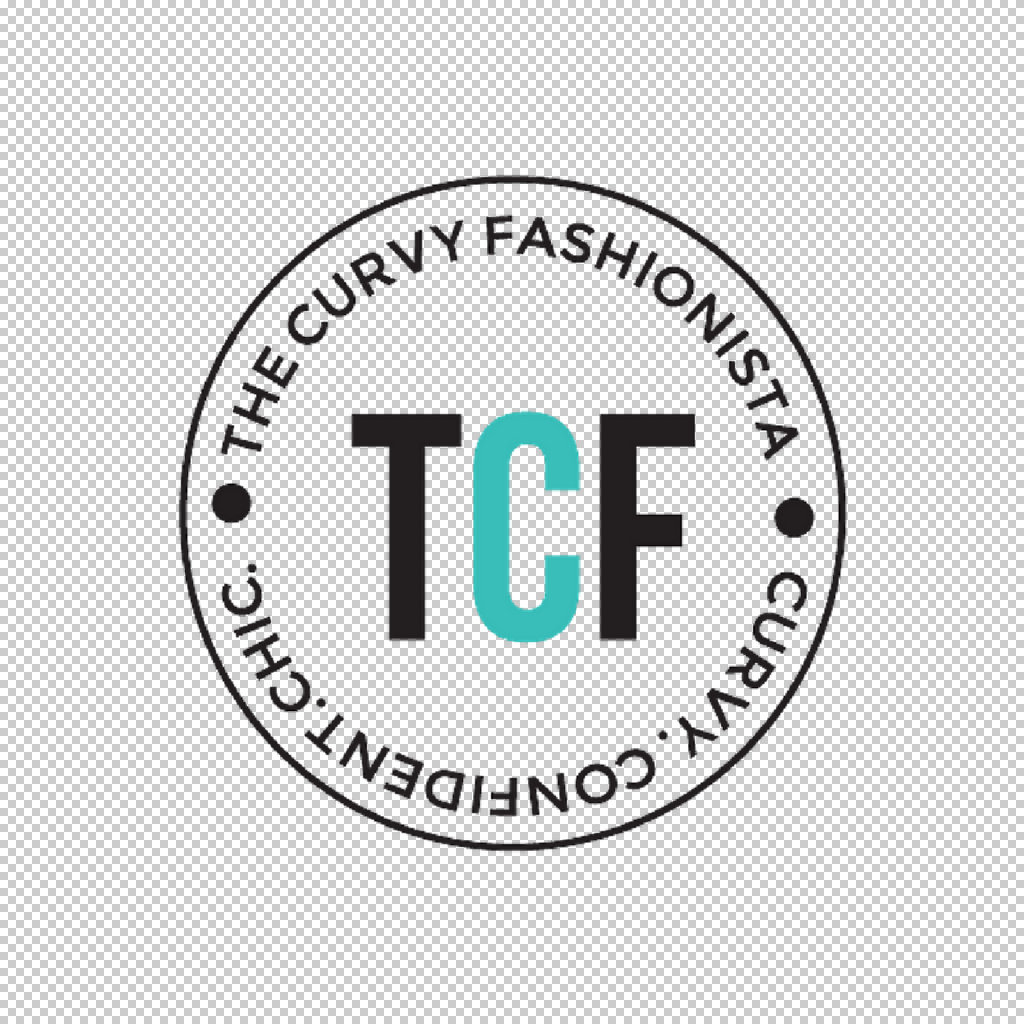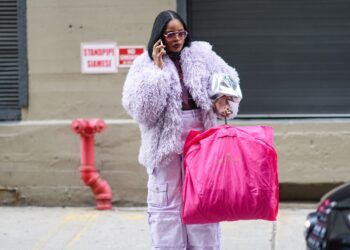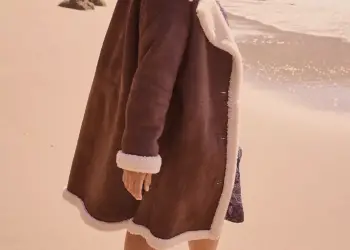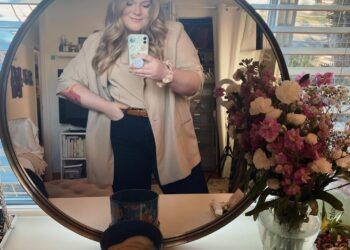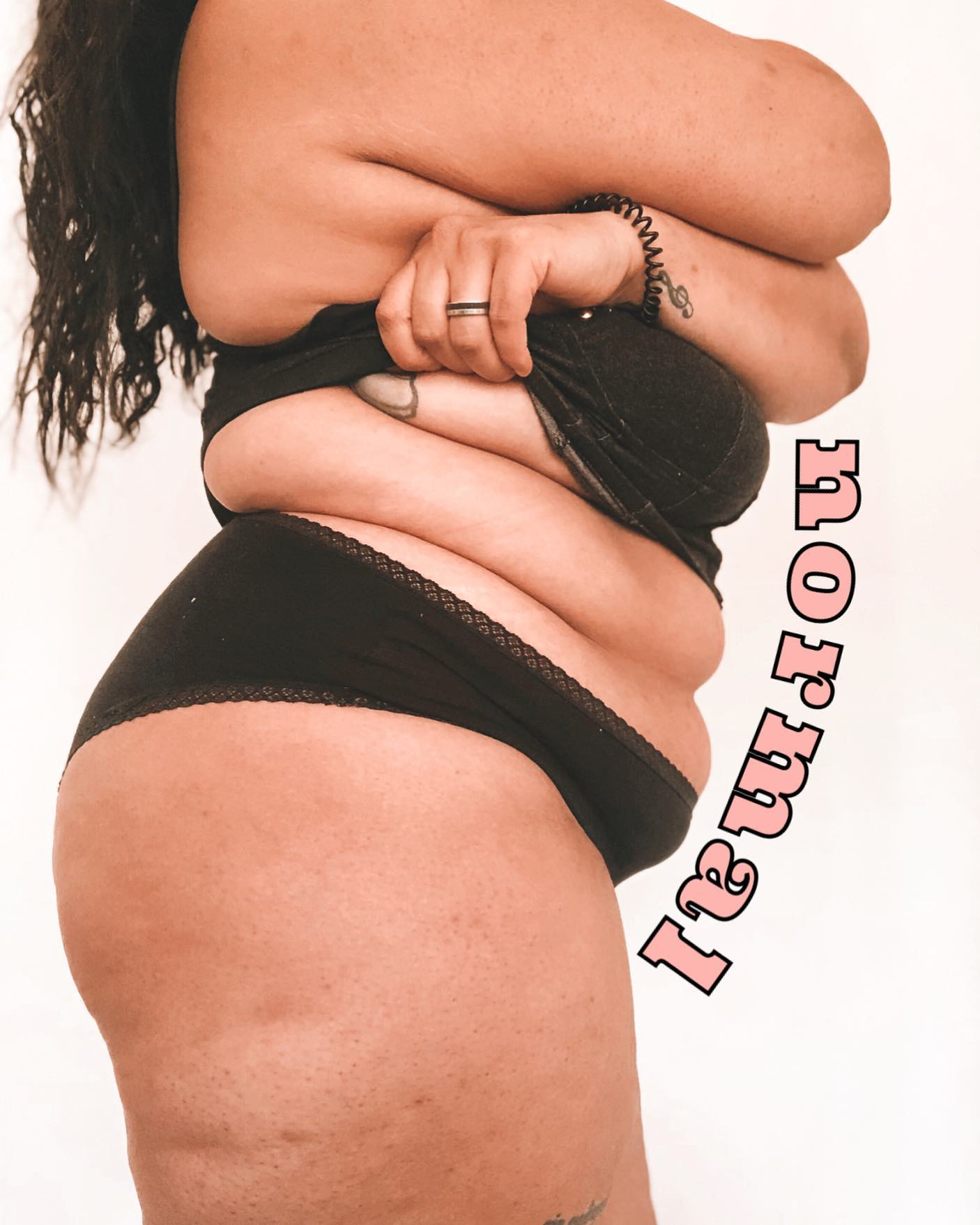TCF welcomes bridal stylist, Julie Sabatino to share her story and share how her own personal experience with wedding dress shopping impacted her, because her purpose, and now platform with the launch of her new book “Dressed, Styled, and Down the Aisle.”
As a curvy woman, I learned early on that I was a pear. Heavier on the bottom and smaller on top. Over the years, the sizes of each have varied, but the shape remained the same. It didn’t particularly bother me that I was associated with a fruit, but it did leave me with the lasting impression that the heavier parts (my tush and thighs) should be hidden, camouflaged and minimized. It just seemed obvious, right? Of course, I should want to look as thin as possible and present myself to the best possible advantage. I never questioned it. Years of struggling with low self-esteem and cutting off the bottom of my pantyhose (before Spanx) were my norm.
It never occurred to me that there was another way – that I didn’t have to hate my bottom. Instead, I had to love my top. But this isn’t my speech to encourage you to embrace your body as it is (although I sincerely hope that you do). Instead, this story is about highlighting what you love about yourself and acknowledging that this means different things to different people. And then doubling down on that self-love on one of the biggest days of your life. The wedding day.
Whether you are curvy or thin, tall or short, busty or flat chested, the external scrutiny a woman faces is never more poignant than when shopping for a wedding dress.
Someone said to me once that a wedding is the crucible moment in a woman’s life where all of their deepest anxieties come to the surface. I really think that’s true. It’s an event that is all about you (and of course, your partner too), set on an amplified public stage – something you want to look your absolute best for.
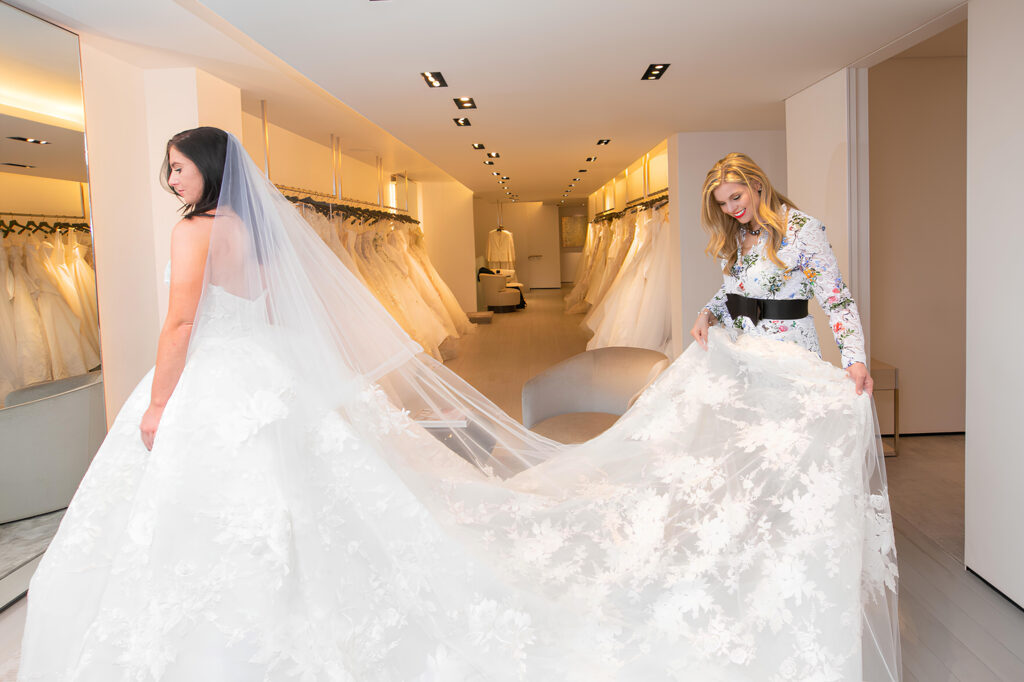
You want to look back on those pictures in the years to come and think, damn, I was hot! All eyes are on you on that day, and all the days to come thanks to social media. That’s a lot of pressure. And we are our own worst critics. And in this expectation of hosting a “dream wedding” as defined by society, and you’re expected to look the part.
I faced these challenges myself and all of my earlier struggles seemed like nothing compared to the difficulty I had when I was shopping for my wedding dress. I was 21 and engaged and I had absolutely no clue where or how to start shopping for a wedding dress.
So, I did what every bride in Manhattan did in 2001, I booked an appointment at Vera Wang. I honestly thought it would be an amazing morning that my favorite women and I would all share together and I would find a dress that I loved. Just like in the movies. Right? Wrong.
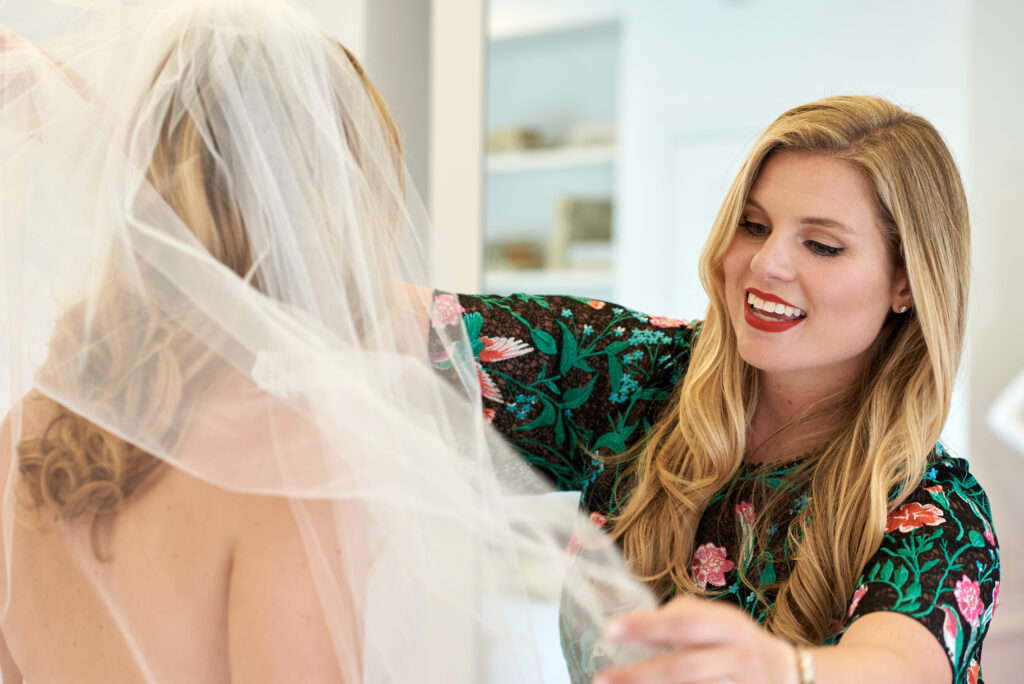
While the store and consultant could not be more lovely, I realized about five minutes into my appointment that none of the samples were going to fit me. They were all a bridal size 8.
Sidebar…in case you don’t know, bridal sizing runs small. Really small. Bridal sizing is based on a standard that was formulated in the late 40’s and early 50’s by Haute Couture houses in Europe. As time went on, women got larger and most ready-to-wear fashion brands adopted with the times and expanded their size charts, but the bridal industry at large did not.
The reason is complicated, but mostly related to the fact that most wedding dresses are “made-to-order” and the rationale is if we are taking your measurements and then fitting the dress to you, numerical size doesn’t matter. But it does matter. It actually matters a great deal. A size 8 wedding dress is equivalent to a size 4 ready-to-wear dress, and I was a size 10 when it was time to try on my dress.
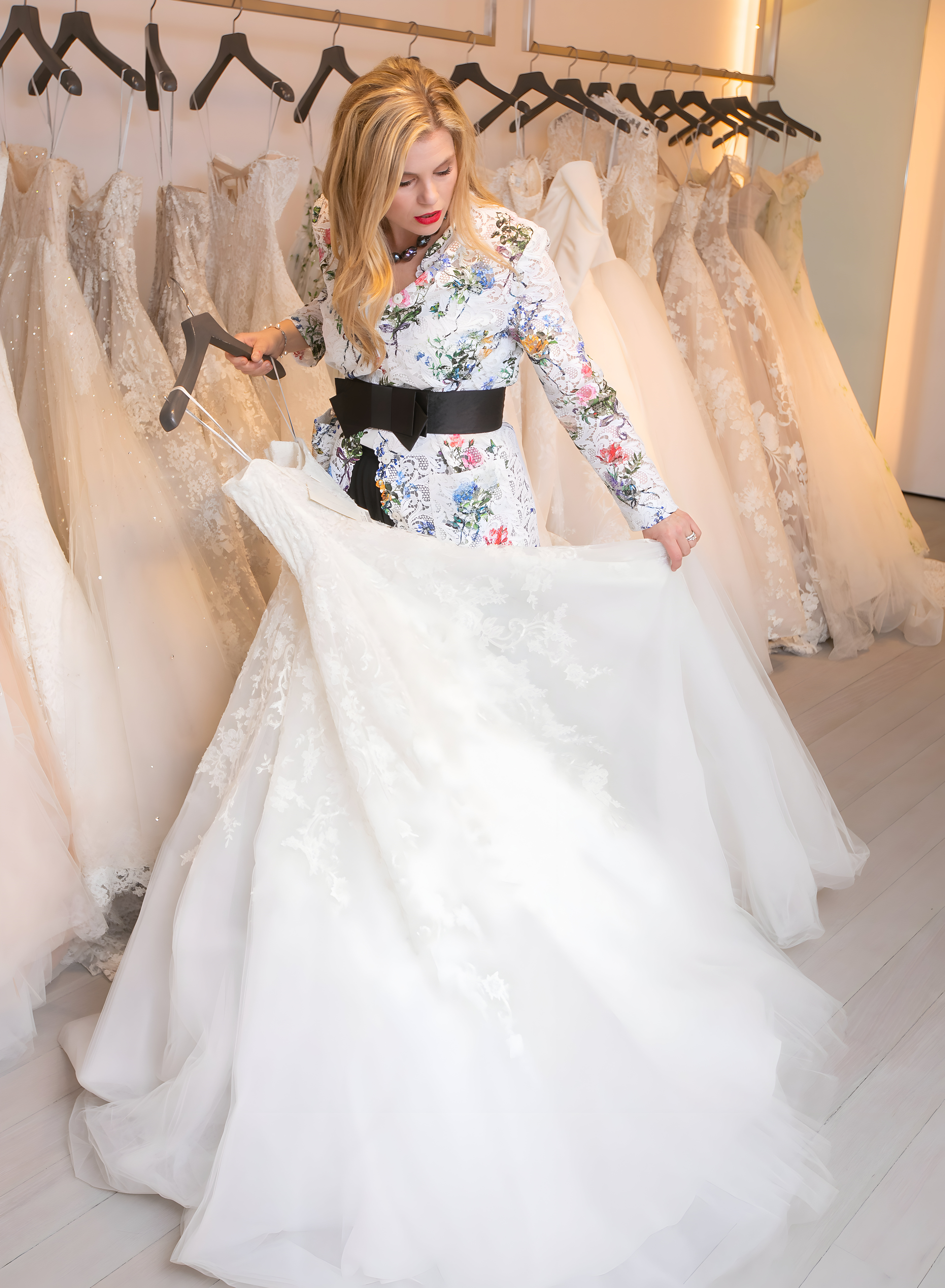
I will never forget the humiliation I felt the first time I had to come out of the dressing room and show my very thin and very judgmental future sister-in-law a dress with the back wide open. I was mortified. The experience continued for the next hour at which time I left and I cried.
I spent the next several months searching for the perfect wedding dress and struggled through many more appointments like that. (In 2020 I developed a product called The Sample Size Solution that helps non-sample size women fit into the samples and have some added coverage. Because this very real problem, still exists.)
Through years on my therapist’s couch, I now realize that there were many factors contributing to my dress distress, and it wasn’t just the sample size. But for the purpose of this story, I am going to focus on one: every consultant I met thought that because I was pear shaped, I should wear a ballgown dress to hide the bottom and show off the top.
The only problem was, that’s not what I wanted. I actually felt bigger when I had all that fabric and crinoline on me, not smaller. I eventually found a slim, A-line dress that I loved, and felt really beautiful in. But to get there, I had to cut the noise of the salons, well-meaning friends, and the industry and instead, listen to my inner cheerleader and advocate.
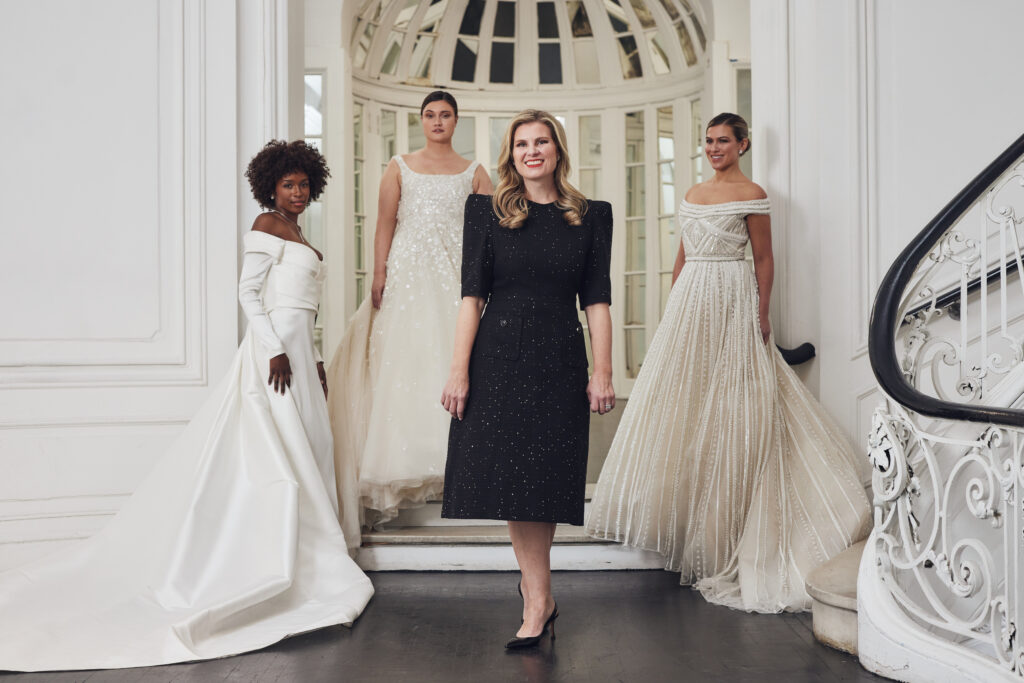
To this day I love my dress, and I’m thankful for the difficulty that I faced because it led me to starting The Stylish Bride in 2004. Since then, I’ve worked with thousands of women and I can tell you one fundamental truth: what makes a woman feel confident and beautiful is highly personal and different for everyone.
And the bridal industry as a system is not set up to make you feel your best. At every turn you’ll hear the word “perfect” or “dream” when referring to a wedding. These are ideals no woman can compete with in real life.
We want to feel our own personal best but how can we as women do that within this framework? When it comes to the dress, it’s time we focus on what we want to highlight, rather than cover up. It has to be about what we love about ourselves, not what we don’t.
When we start with a new client at The Stylish Bride, we ask them a slew of different questions, all designed to paint an overall picture of who this person is and what makes them feel amazing. We purposefully ask what they like to accentuate, not what their body type is.
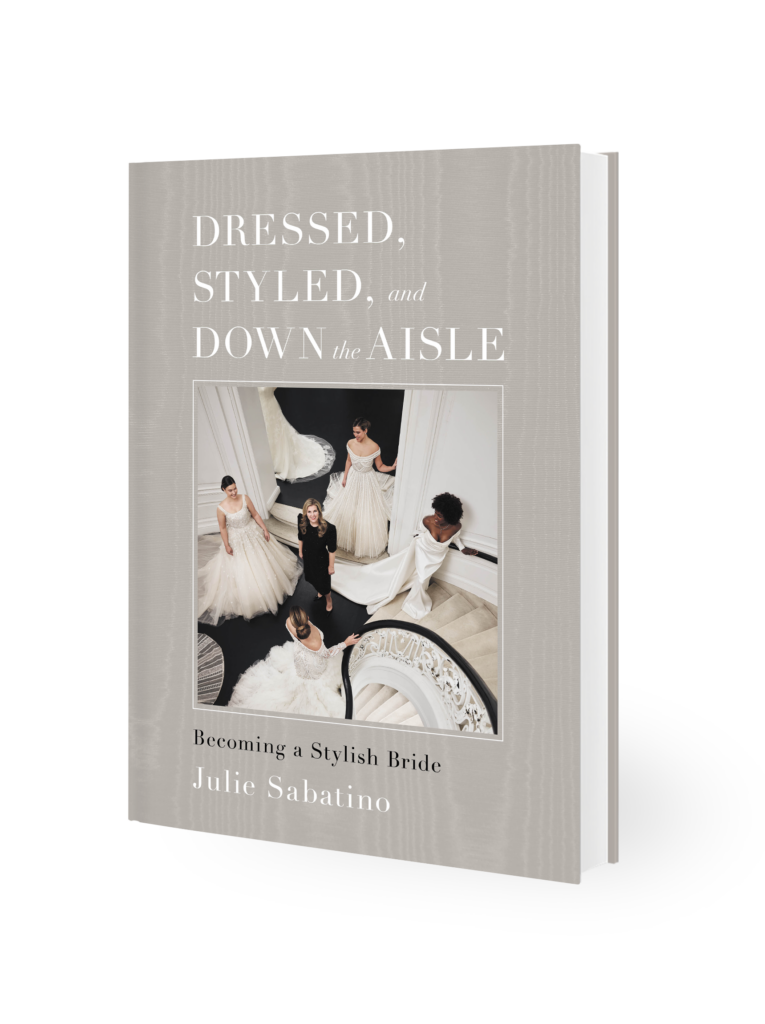
In my upcoming book, Dressed, Styled, and Down the Aisle, I dive into the fashion and discuss what shapes of dresses typically flatter each body type, but I also talk about the emotional side. I believe you have to try lots of different shapes to know what is right for you, no matter what your salesperson thinks because of the fruit she sees you as.
Maybe the sequel will be about curvy women because I don’t feel like we talk enough about the personal preference piece. That just because I have wide hips, doesn’t automatically mean that I don’t like them.
Wide hips aren’t a problem area, they are beautiful, and it’s up to the woman if she wants to show them off or play them down, for any reason at all. There are nuances to this and nuances to every woman. It’s not a one-fruit-shape-fits-all kind of thing.
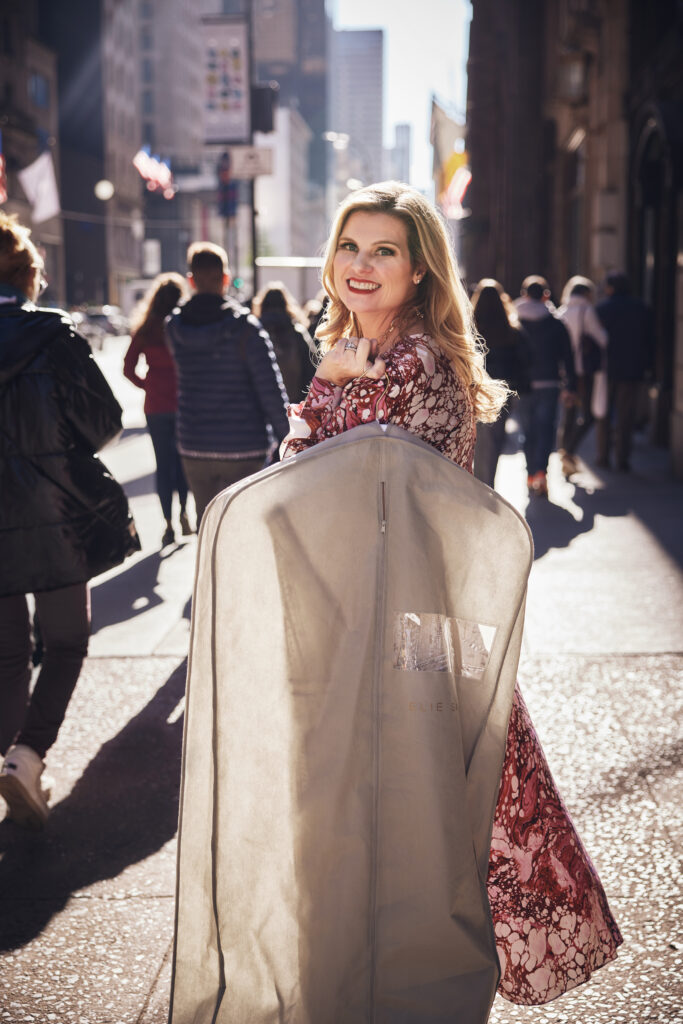
Personal preferences need to be considered and not assumed. The more personal the experience, the more confident the woman. And while women today are so much further along in personal acceptance and body inclusivity than even 20 or so years ago when I was getting married, we still, as a wedding industry, and as a society, have a long way to go.
I look forward to the day women are not fruit, especially on their wedding day.
About the Guest Wrtier: Julie Sabatino
“The original — and most sought-after —bridal stylist in the world, Julie Sabatino is the founder of The Stylish Bride and the go-to for some of the most discerning brides in the world. Julie has spent two decades curating wedding looks for an impressive client list that includes celebrities, socialites, and elite power players who count on her impeccable taste, highly coveted connections, and unparalleled expertise to guide them through the often confusing world of wedding attire.”

